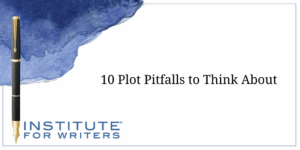
10 Plot Pitfalls to Think About
Plot can be tricky, and, as a writer, you need to be aware of what makes or breaks plot. Take a look at 10 different things to avoid in your own writing.
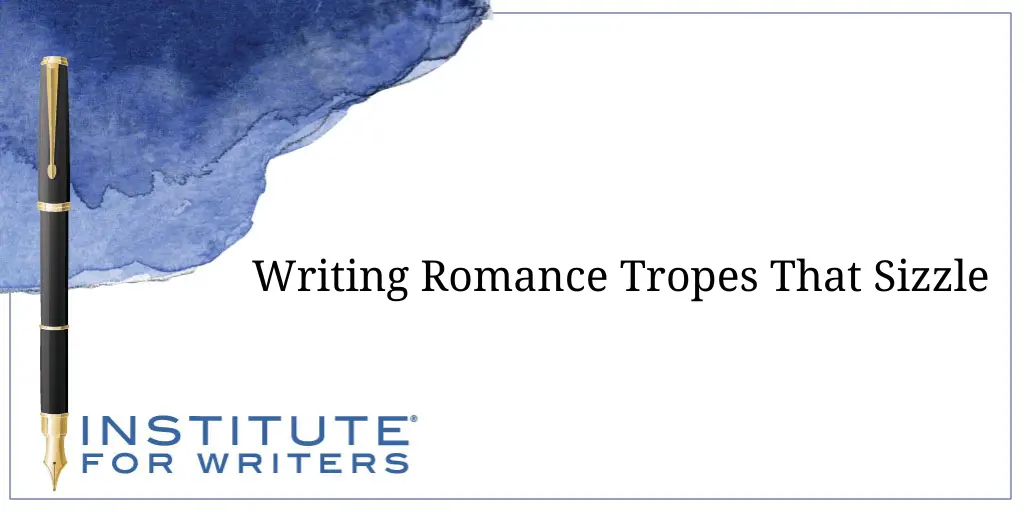
Welcome to part two of the “Six Romance Tropes You Can’t Ignore” article. In this article, we’ll discuss the following:
If you’re looking for the first three tropes in part 1, click here.
Forbidden Love is a classic romance trope that revolves around two characters forbidden from being together because of societal or cultural barriers. The love between these characters is often depicted as passionate and intense; they navigate the challenges of being together despite the obstacles.
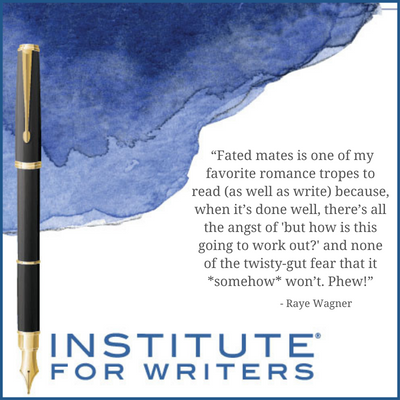 A sub-trope of Forbidden Love is Cross-Class Romance, where the characters come from different social classes and face societal pressure to stay apart. Despite the obstacles, these characters find a way to be together, often through secret meetings or covert plans.
A sub-trope of Forbidden Love is Cross-Class Romance, where the characters come from different social classes and face societal pressure to stay apart. Despite the obstacles, these characters find a way to be together, often through secret meetings or covert plans.
To get even more specific, Royal Romance is a popular yet niche sub-trope. Royal Romance is where the characters are not only from different social classes, but one of the characters is royalty. Due to their differing positions, they are forbidden from being together, but their love for each other is strong enough to overcome their challenges. Though very specific, “Royal Romance” is a popular trope across genres from contemporary fiction to high fantasy. Usually, the premise is a Cinderella, “rags to riches” story structure. But I’ve seen this trope done well in reverse (see the example below).
“Forbidden romance, specifically cross-class romance, is attractive because of the impossibility of the couple getting together. In the real world, this relationship is unlikely to work. But in fiction, there’s something heartbreaking yet hopeful in knowing all the reasons they can’t be together, but ignoring practicality and finding a way; a love so strong, they refuse to give up.” – Joanna Reeder, bestselling fantasy author
Reading Examples of “Forbidden Love”:
Reader expectations: Readers of “Forbidden Love” expect a story filled with drama, passion, and a hint of danger. These readers are often looking for an exciting and captivating read. From Shakespeare’s Romeo and Juliet to modern-day retellings like The Selection series, Forbidden Love is a timeless and beloved romance trope.
“Fated Mates” centers around the belief that two people are meant for each other. This trope often features characters who are drawn to each other because of a supernatural connection, such as a shared soul or destiny; the attraction between these characters is intense and immediate.
In these stories, the idea of fate or destiny plays a significant role, as characters are driven by the belief that they are meant to be together, even if they first resist or fight against it. This trope is found in various romance sub-genres, including paranormal romance (PNR), fantasy romance, and science fiction romance.
“Fated mates is one of my favorite romance tropes to read (as well as write) because, when it’s done well, there’s all the angst of “but how is this going to work out?” and none of the twisty-gut fear that it *somehow* won’t. Phew!
The trickiest line to walk with “fate” is balancing character agency with the power of predestination. Because we want to see the characters fight the bond, fight the impossibility of it and sometimes even each other … and then— slowly, we fall in love along with them, through chaos, monsters, quests, and perils, they find that their mate is the yin to their yang, the perfect friend, companion, and lover—one delicious and sometimes surprisingly step at a time.” -Raye Wagner, bestselling fantasy author
Reading Examples of “Fated Mates”:
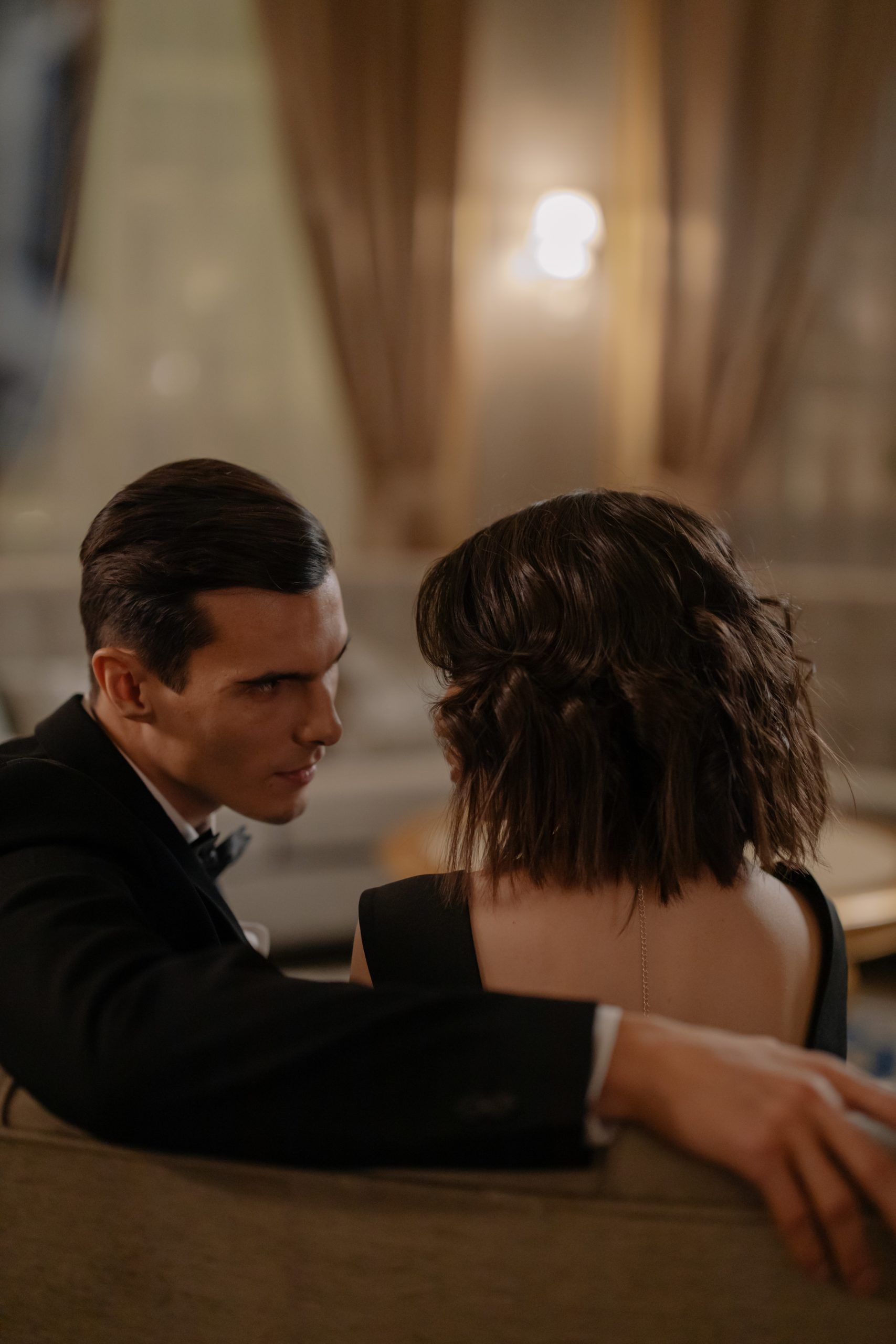 Reader expectations: When readers are coming into a fated mate story, they expect the romance to start with a bang. They want intensity, and they want it quickly. They also want the romantic feelz, because, at its core, readers of “Fated Mates” want that special soul mate bond. These readers are true romantics who want to fall head over heels in love. They also expect that the two characters will need to fight for their HEA, but all that work makes the final resolution that much sweeter.
Reader expectations: When readers are coming into a fated mate story, they expect the romance to start with a bang. They want intensity, and they want it quickly. They also want the romantic feelz, because, at its core, readers of “Fated Mates” want that special soul mate bond. These readers are true romantics who want to fall head over heels in love. They also expect that the two characters will need to fight for their HEA, but all that work makes the final resolution that much sweeter.
“Enemies to lovers” is the hottest trope within the romance genre. Essentially, the two characters start as antagonists, but their high-emotional hatred for each other transforms into love over time. This trope usually involves a lot of bickering, arguing, and tension-filled moments between the characters.
This trope might be the trickiest one to pull off successfully. Here are a couple of elements of “enemies to lovers” to be aware of:
“Enemies to lovers is a great trope as it allows the reader to feel their growing attraction to each other even when the characters don’t accept it yet. As an author, it is a real test of subtext and body language to convey that while the characters continue to verbalise their disdain.” – Clarissa Gosling, author of Dragons of Kaitsdud
Reading Examples of “Enemies to Lovers”:
Reader expectations: Readers want a genuine reason for the love interest characters to despise each other. Readers want the challenge, the chase! Whether it’s the intense dislike that turns into passion or the slow-burning resentment that transforms into love, the “enemies to lovers” trope can potentially deliver the most satisfying endings.
We hope this primer on these six popular romance tropes is helpful to you in your writing. Study these concepts and decide which trope is best for your story. Of course, readers love a good twist, too. Just make sure you’re hitting the elements they love in a fresh way, and you’ll have readers turning the pages!
Kristin J. Dawson is a non-recovering chocolate and romantic English movie addict who loves to read science fiction and fantasy. You can find her most often indulging her favorite things at 2 am — night owls unite! Kristin writes high fantasy with political intrigue, a bit of romance, and of course, magic. She’s was a 2019 UTOPiAcon Debut Book Award Nominee and Swooney Award Nominee. When she’s not writing, taking her kids on mountain adventures, or cleaning out the chicken coop, she’s probably trying to talk her author friends into more shenanigans.
Chat with Kristin on Instagram (@KristinImagines), on Facebook (@KristinJLiterary), or her website at kristinjdawson.com.

Plot can be tricky, and, as a writer, you need to be aware of what makes or breaks plot. Take a look at 10 different things to avoid in your own writing.
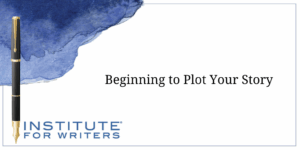
Plot is more than just the chain of events within a story. There are so many elements to plot to consider when writing. Let’s dive into those elements.
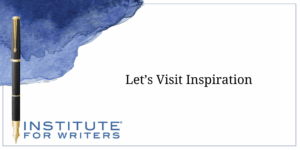
Visiting new places is key to exploring new ideas and finding inspiration. Let’s see the places you can go this summer to spark your next story.
1000 N. West Street #1200, Wilmington, DE 19801
© 2024 Direct Learning Systems, Inc. All rights reserved.
1000 N. West Street #1200, Wilmington, DE 19801
© 2025 Direct Learning Systems, Inc. All rights reserved.
1000 N. West Street #1200, Wilmington, DE 19801
©2025 Direct Learning Systems, Inc. All rights reserved. Privacy Policy.
4 Comments